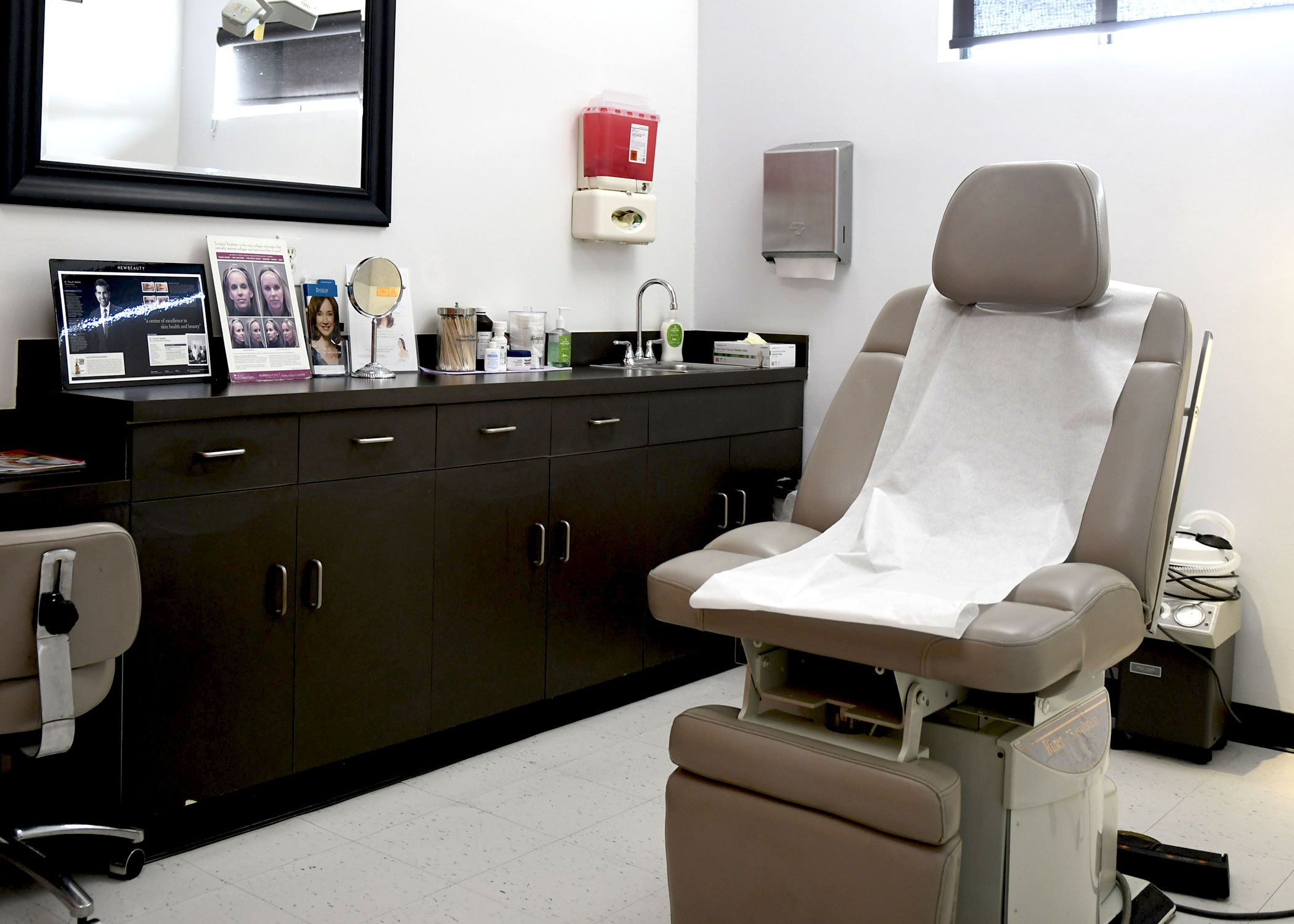Basal Cell Carcinoma is the least severe form of skin cancer, but it should still be something we consider in the back of our minds. Physicians commonly remind us that Basal Cell is the most common skin cancer and is most common in persons more than 40 years old.
The reason that it appears in older people more often is that Basal Cell Carcinoma is most often caused by the UV radiation from sunlight. Very fair people are most susceptible and should take multiple precautions when going out in the sun, as well as steer clear of tanning beds or lamps altogether.
Who Is At Risk For Basal Cell Carcinoma?
Some characteristics found in the people most susceptible to Basal Cell Carcinoma include:
- Skin that is light and may freckle easily.
- Hair color that is blond or red.
- Eye colors of blue, gray or green.
- Several moles or more on the skin.
- People in a family with a history of skin cancer.
- A history of severe sunburns.
- Long-term daily sun exposure, such as received by those who work outside.
- Overexposure to X-rays or other radiation.
What Does Basal Cell Carcinoma Look Like?
Basal Cell Carcinoma is very tricky and is easily overlooked. This is the primary reason that every person 40 years old and older needs to see a certified medical dermatologist every year for a skin checkup.
- Basal Cell Carcinoma appears only slightly different from normal skin.
- It grows very slowly and is painless.
- It is generally either flat or slightly raised.
- The cancer might appear as a skin bump or a growth that is white or light pink, flesh color or brown, or pearly or waxy.
When Is It Necessary For Me To See A Dermatologist Right Away?
The longer you have basal cell carcinoma, you may begin to have other symptoms that should alert you to go to your dermatologist immediately. Those symptoms include:
- Sores which do not heal.
- Sores that have oozing or crusting spots.
- Sores that bleed easily.
- A sore which looks like a scar, although the area hasn't been injured.
- Irregular blood vessels around or in the sore.
- A sore with a sunken area in the middle.
What Comes Next? The Pathologist and the Surgeon.
Just because your physician is suspicious doesn’t mean that you have a skin cancer. The diagnosis of Basal Cell Carcinoma is confirmed by a special physician called a pathologist who examines a bit of your affected skin under a microscope.
If the pathologist affirms the diagnosis as Basal Cell Carcinoma, then your physician has several skin cancer treatment options to remove the cancer cells.
The treatments chosen depends on where the cancer is located. Most Basal Cell Carcinomas are removed under local anesthesia in the doctor's office or outpatient center. There is little pain involved afterward and only the possibility of slight scarring.
Contact the caring dermatologists in our various Orange County offices to learn more about our treatment of basal cell carcinoma.

